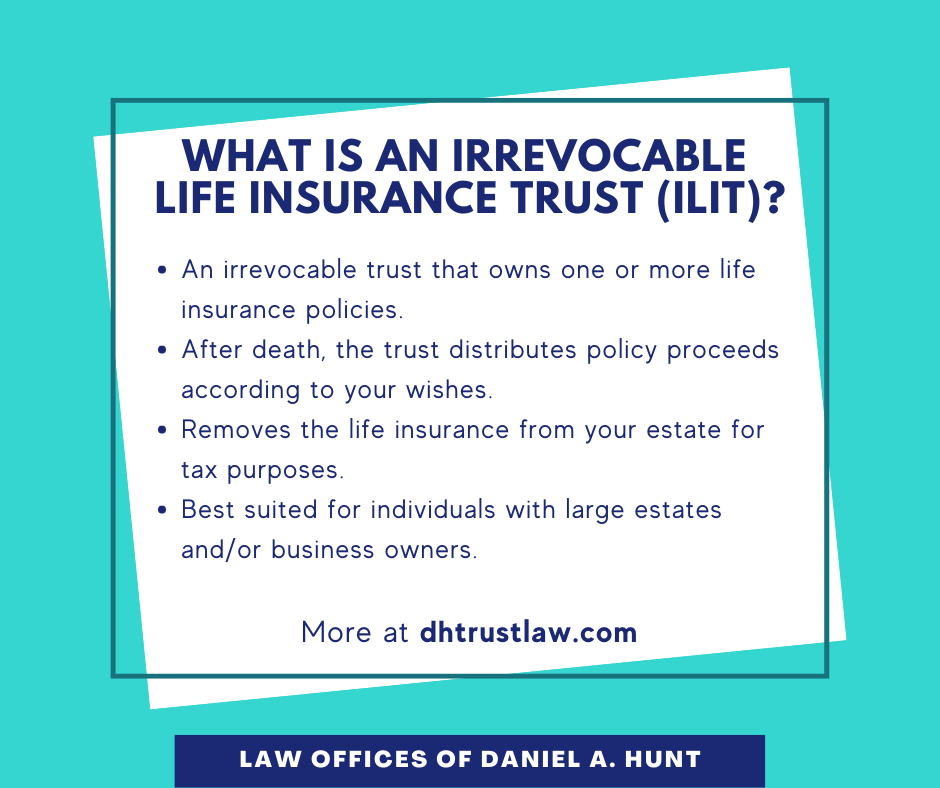The Greatest Guide To Pacific Prime
The Greatest Guide To Pacific Prime
Blog Article
The Definitive Guide for Pacific Prime
Table of ContentsThe Only Guide to Pacific Prime5 Simple Techniques For Pacific PrimeThe Single Strategy To Use For Pacific PrimePacific Prime for DummiesA Biased View of Pacific Prime

This is since the information were gathered for a period of strong financial performance. Of the estimated 42 million people that were uninsured, just about about 420,000 (about 1 percent) were under 65 years old, the age at which most Americans become eligible for Medicare; 32 million were adults between ages 18 and 65, around 19 percent of all grownups in this age group; and 10 million were kids under 18 years of age, concerning 13.9 percent of all children (Mills, 2000).
These estimates of the number of persons without insurance are generated from the annual March Supplement to the Present Populace Survey (CPS), performed by the Census Bureau. Unless otherwise noted, national quotes of individuals without medical insurance and proportions of the populace with various sort of protection are based on the CPS, one of the most extensively used source of estimates of insurance coverage and uninsurance rates.
Pacific Prime - An Overview

Still, the CPS is particularly beneficial since it produces annual estimates reasonably quickly, reporting the previous year's insurance policy protection approximates each September, and since it is the basis for a consistent set of estimates for greater than 20 years, permitting for evaluation of trends in protection in time. For these reasons, along with the considerable use the CPS in various other research studies of insurance protection that exist in this report, we depend on CPS quotes, with limitations noted.

The estimate of the number of without insurance people expands when a population's insurance standing is tracked for a number of years. Over a three-year duration starting early in 1993, 72 million individuals, 29 percent of the united state populace, lacked coverage for at the very least one month. Within a single year (1994 ), 53 million individuals experienced at least a month without insurance coverage (Bennefield, 1998a)
Six out of every 10 uninsured adults are themselves utilized. Although working does enhance the likelihood that one and one's member of the family will have insurance, it is not an assurance. Even participants of households with two full-time wage income earners have nearly a one-in-ten possibility of being without insurance (9.1 percent uninsured rate) (Hoffman and Pohl, 2000).
Pacific Prime - An Overview
New immigrants represent a substantial percentage of people without medical insurance. One evaluation has associated a significant section of the current growth in the dimension of the U.S. uninsured populace to immigrants who showed up in the country between 1994 and 1998 (Camarota and Edwards, 2000). Current immigrants (those that pertained to the United States within the past 4 years) do have a high rate of being without insurance (46 percent), yet they and their kids account for just 6 percent of those without insurance coverage country wide (Holahan et al., 2001).
The connection in between medical insurance and accessibility to care is well established, as recorded later on in this phase. The relationship between health insurance coverage and wellness results is neither straight nor simple, a substantial clinical and health and wellness solutions study literary works web links health insurance policy protection to improved accessibility to care, much better top quality, and boosted individual and population health and wellness status.
Degrees of evaluation for checking out the effects of uninsurance. It focuses particularly on those without any wellness insurance for any length of time.
Things about Pacific Prime
The troubles faced by the underinsured are in some aspects comparable to those faced by the uninsured, although they are usually less serious. Health and wellness insurance, nonetheless, is neither necessary neither enough to gain access to clinical services. The independent and straight impact of health and wellness insurance protection on accessibility to health solutions is well developed.
Others will certainly obtain the health and wellness treatment they require even without medical insurance, by paying for it out of pocket or seeking it from service providers that use treatment totally free or at extremely subsidized rates. For still others, wellness insurance alone does not make sure receipt of treatment as a result of various other nonfinancial barriers, such as a lack of wellness care service providers in their neighborhood, restricted accessibility to transportation, illiteracy, or linguistic and cultural differences.
The smart Trick of Pacific Prime That Nobody is Discussing
Formal study about uninsured populaces in the USA dates to the late 1920s and early 1930s when the Committee on the Price of Healthcare produced a collection of reports concerning financing physician workplace gos to and hospital stays. This problem ended up being significant as the numbers of medically indigent helpful site climbed up throughout the Great Clinical depression.
Report this page